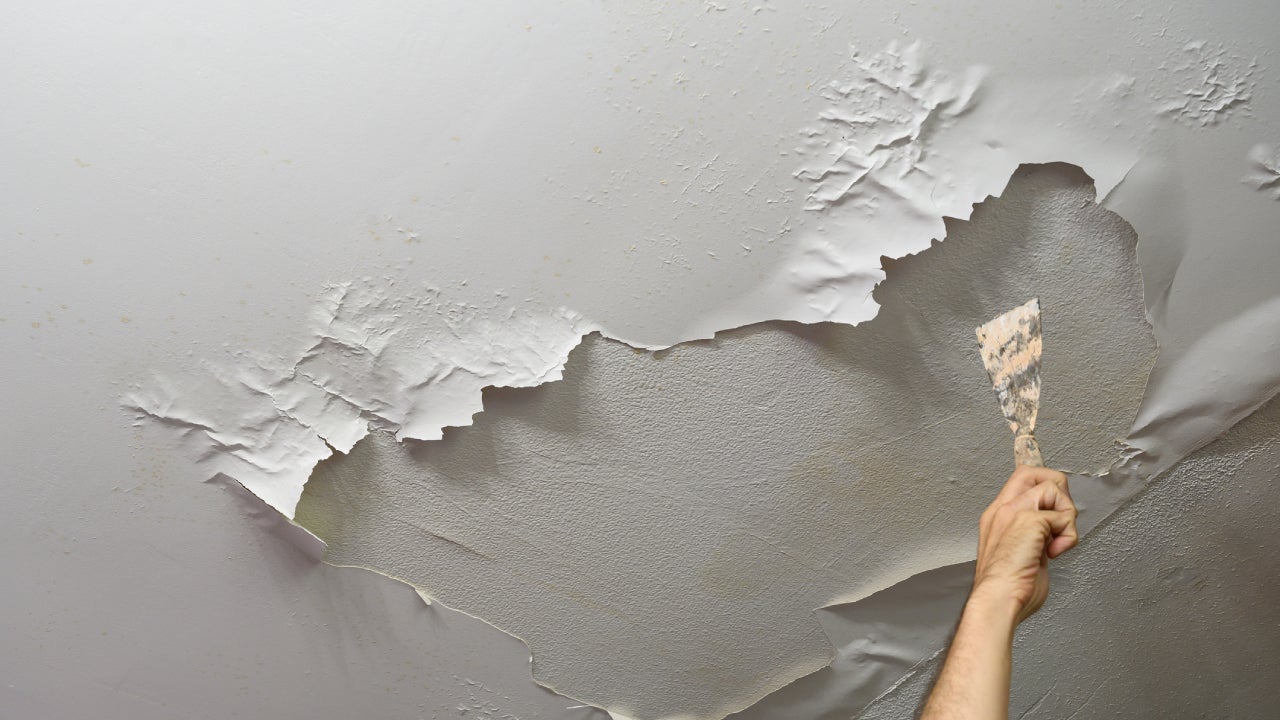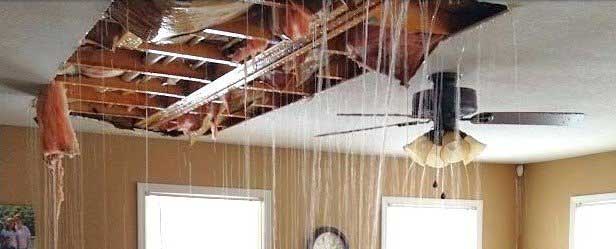We've uncovered this great article about What You Can Do At Home To Prevent Fire And Water Damage down the page on the internet and figured it made sense to relate it with you over here.

Water provides life, yet water intrusion on some parts where it's not intended to be can cause damage as well as hassle. It can peel off away the surface as well as wear down the material's structure if the water leaks into your framework. Mold as well as mold also thrive in a damp setting, which can be harmful for your as well as your family's health and wellness. Additionally, houses with water damages scent mildewy as well as old.
Water can originate from lots of sources like typhoons, floods, burst pipes, leakages, as well as drain concerns. If you have water damages, it's far better to have a working understanding of safety preventative measures. Below are a few standards on exactly how to deal with water damages.
Do Prioritize House Insurance Coverage Coverage
Seasonal water damages can come from floods, seasonal rainfalls, and wind. There is additionally an occurrence of an unexpected flooding, whether it came from a faulty pipeline that suddenly ruptures into your house. To shield your home, copyright insurance coverage that covers both disasters such as all-natural tragedies, and also emergency situations like broken plumbing.
Don't Fail To Remember to Switch Off Energies
When calamity strikes as well as you're in a flood-prone location, turn off the main electric circuit. Turning off the power prevents
electric shocks when water can be found in as water functions as a conductor. Do not neglect to turn off the major water line valve as a method to avoid even more damage.
Keep your furniture secure as they can move about as well as create extra damages if the floodwaters are obtaining high.
Do Keep Proactive and Heed Climate Alerts
If you live in an area afflicted by floodings, remain positive as well as ready at all times. Pay attention to the news and also evacuation cautions if you live near a body of water like a creek, river, or lake.
Do Not Disregard the Roof
Before the weather transforms shocking and also for the worse, do a roof examination. A far better habit is to have an annual roof covering examination to mitigate future issues and complex issues. A good roofing system with no holes as well as leaks can be a great guard versus a tool and the rainfall to stay clear of rain damage. Your roofing professional ought to deal with the defective rain gutters or any other signs of damages or weakening. An evaluation will certainly stop water from flowing down your walls and also saturating your ceiling.
Do Take Note Of Tiny Leaks
There are red flags that can draw your focus as well as indicate to you some damaged pipes in your home. Indicators of red flags in your pipelines consist of bubbling paint, peeling wallpaper, water touches, water stains, or trickling sounds behind the wall surfaces. Fixing as well as evaluate your plumbing fixed before it results in substantial damages to your home, financial resources, and an individual nightmare.
Do Not Panic in Case of a Burst Pipe
Timing is vital when it comes to water damage. If a pipeline ruptureds in your home, quickly shut off your primary water shutoff to cut off the resource as well as stop more damages. Call a trusted water damage reconstruction specialist for help.
Water provides life, however water breach on some parts where it's not meant to be can result in damages and inconvenience. In enhancement, residences with water damages scent old and musty.
Seasonal water damages can come from floods, seasonal rains, as well as wind. Indications of red flags in your pipes include bubbling paint, peeling wallpaper, water touches, water discolorations, or trickling noises behind the wall surfaces. If a pipe ruptureds in your house, right away shut off your primary water valve to cut off the source and stop more damage.
Some Do's & Don't When Dealing with a Water Damage
DO:
Make sure the water source has been eliminated. Contact a plumber if needed. Turn off circuit breakers supplying electricity to wet areas and unplug any electronics that are on wet carpet or surfaces Remove small furniture items Remove as much excess water as possible by mopping or blotting; Use WHITE towels to blot wet carpeting Wipe water from wooden furniture after removing anything on it Remove and prop up wet upholstery cushions for even drying (check for any bleeding) Pin up curtains or furniture skirts if needed Place aluminum foil, saucers or wood blocks between furniture legs and wet carpet Turn on air conditioning for maximum drying in winter and open windows in the summer Open any drawers and cabinets affected for complete drying but do not force them open Remove any valuable art objects or paintings to a safe, dry place Open any suitcases or luggage that may have been affected to dry, preferably in sunlight Hang any fur or leather goods to dry at room temperature Punch small holes in sagging ceilings to relieve trapped water (don't forget to place pans beneath!); however, if the ceiling is sagging extremely low, stay out of the room and we'll take care of it DO NOT:
Leave wet fabrics in place; dry them as soon as possible Leave books, magazines or any other colored items on wet carpets or floor Use your household vacuum to remove water Use TV's or other electronics/appliances while standing on wet carpets or floors; especially not on wet concrete floors Turn on ceiling fixtures if the ceiling is wet Turn your heat up, unless instructed otherwise

I was made aware of that write-up on 5 Home Safety Tips To Reduce The Risk Of Fire And Water Damage from someone on a different blog. For those who enjoyed reading our post please do not forget to share it. Thank-you for taking the time to read it.